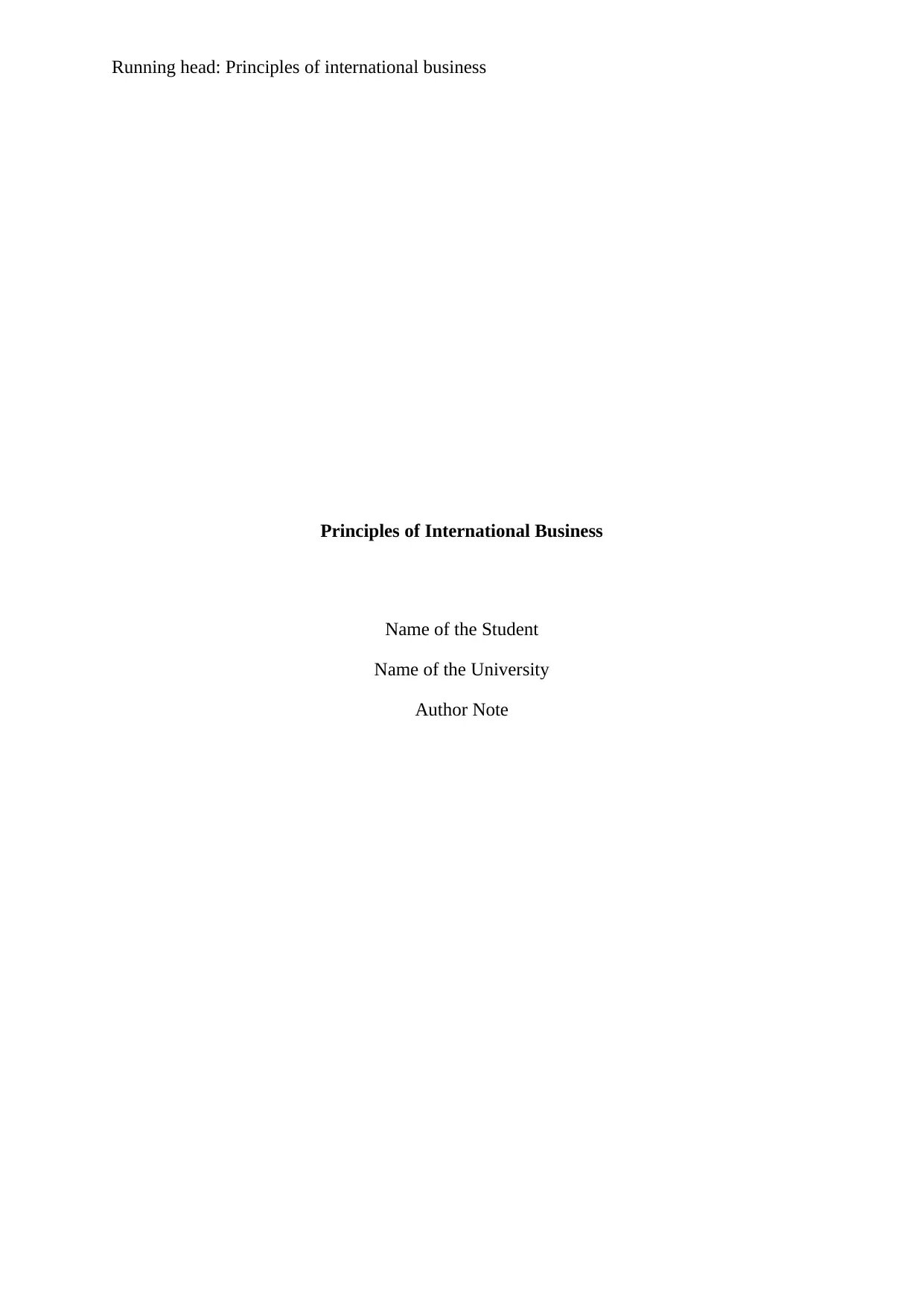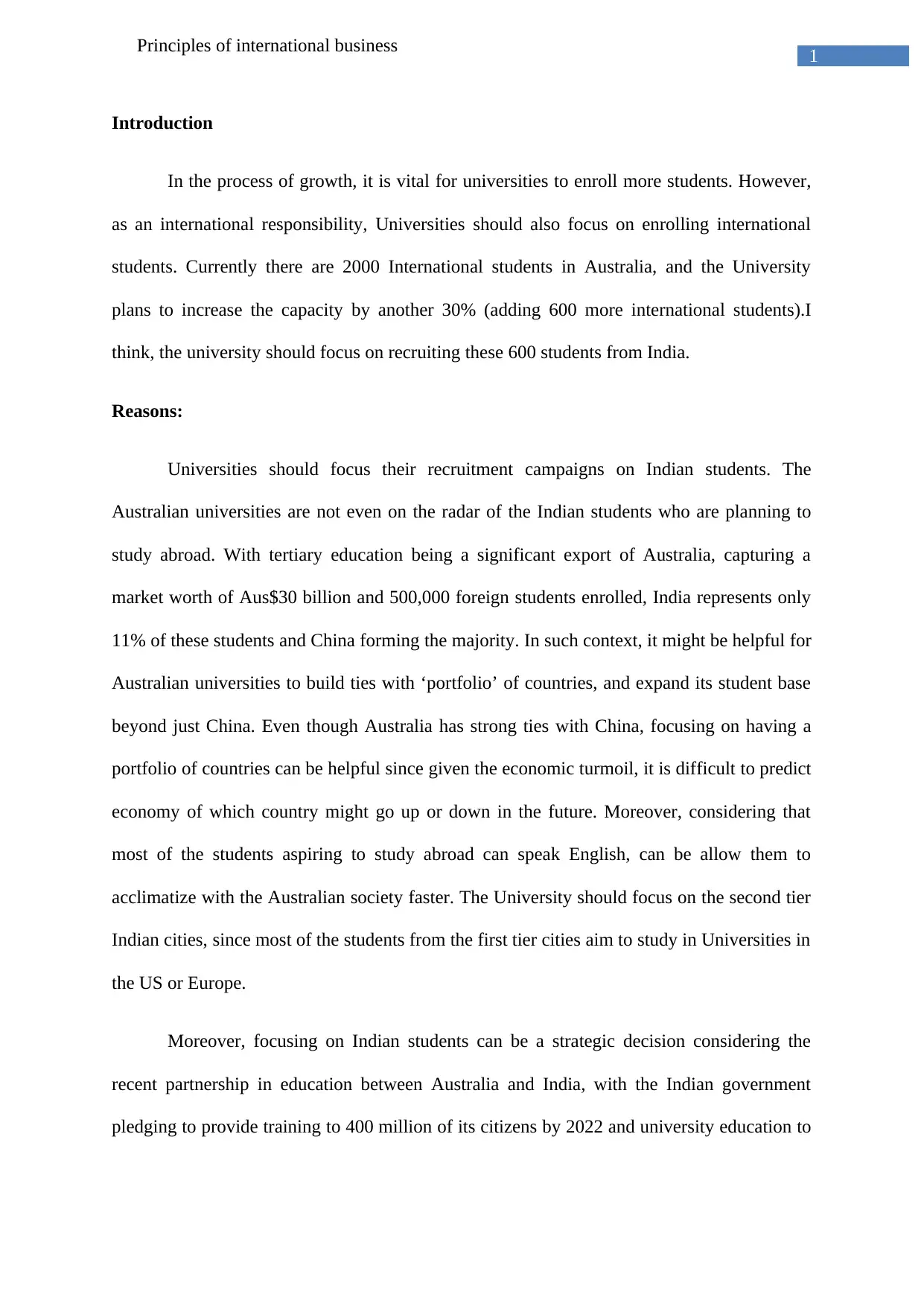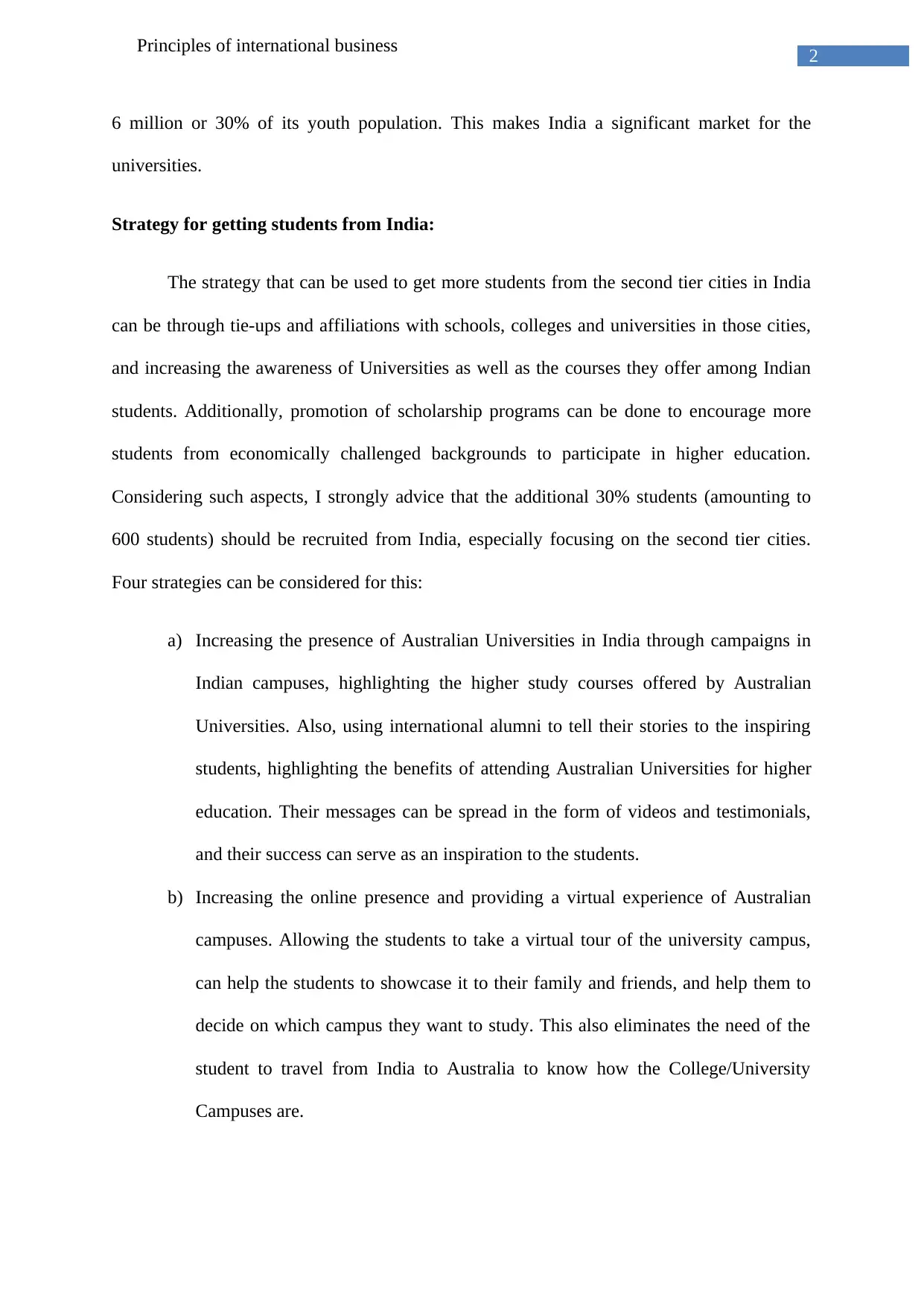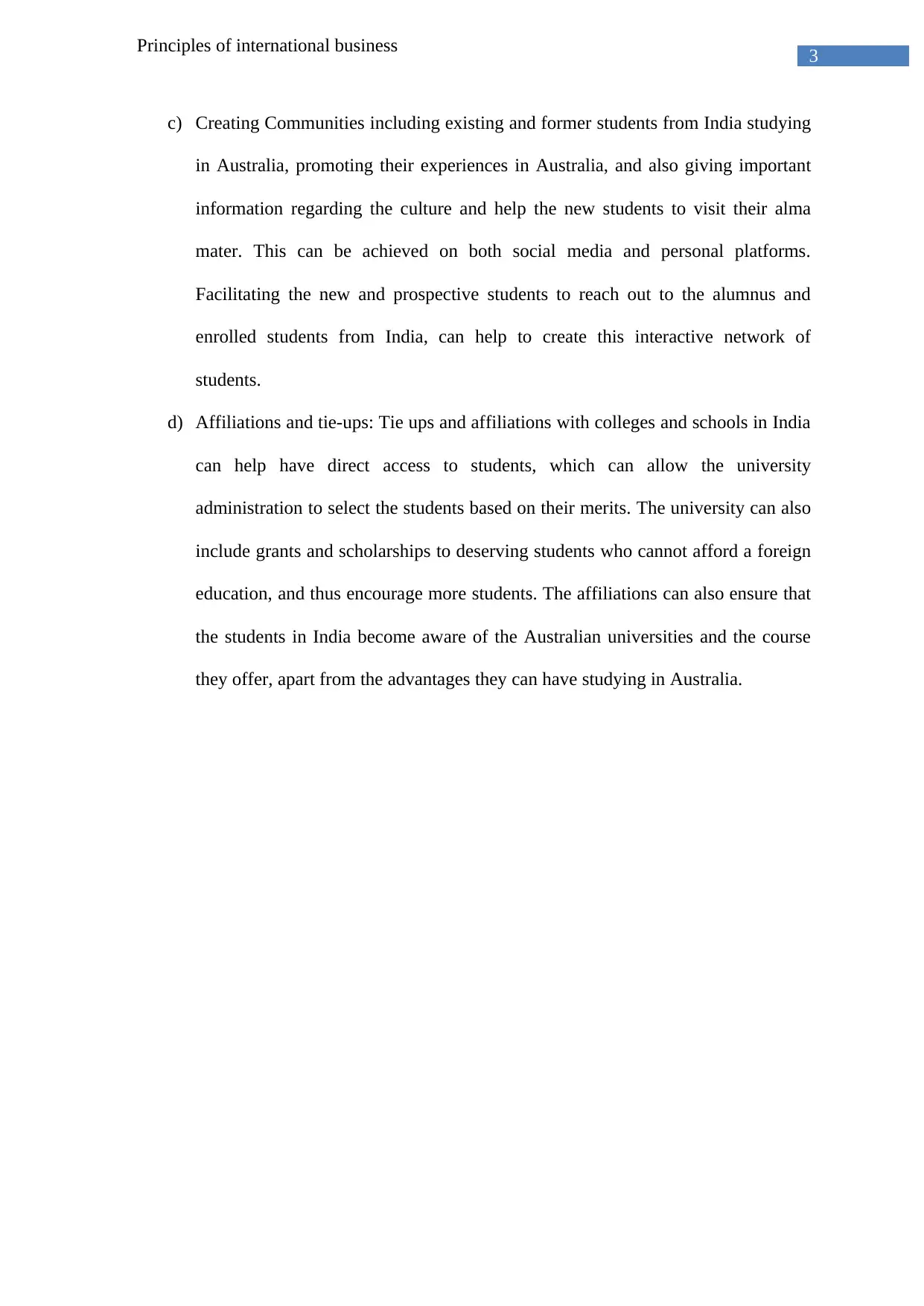IBS210: Recruiting Indian Students for International Business Growth
VerifiedAdded on 2023/06/13
|4
|828
|382
Report
AI Summary
This report proposes a strategy for an Australian university to increase its international student enrollment by 30%, focusing on recruiting 600 students from India, particularly from second-tier cities. It highlights the potential of the Indian market due to the increasing number of students aspiring to study abroad and the recent educational partnership between Australia and India. The strategy involves increasing the university's presence in India through campus campaigns, showcasing success stories of international alumni, enhancing online presence with virtual campus tours, creating communities of current and former Indian students, and establishing affiliations with Indian colleges and schools. The report emphasizes the importance of scholarships and grants to encourage students from economically challenged backgrounds, ensuring awareness of Australian universities and their courses, and leveraging the benefits of studying in Australia.
1 out of 4











![[object Object]](/_next/static/media/star-bottom.7253800d.svg)